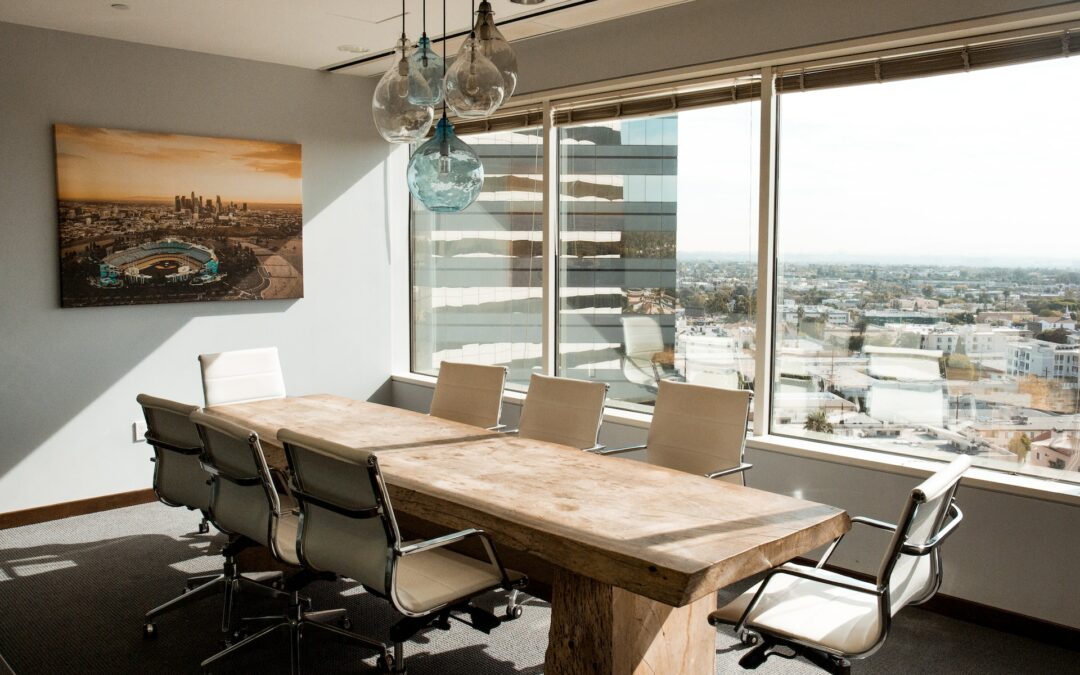With the growing emphasis on energy conservation and environmental responsibility in today’s architectural projects, passive solar design has become an increasingly popular and effective strategy for creating energy-efficient, comfortable, and sustainable buildings. Passive solar design optimizes a building’s orientation, materials, and natural resources to harness the sun’s energy, minimizing the need for artificial heating, cooling, and lighting. By leveraging the power of the sun to regulate the indoor climate, passive solar design is a cost-effective and environmentally friendly approach to reducing the energy consumption of buildings while simultaneously providing a comfortable interior environment.
Located in Salt Lake City, Utah, with the capacity to serve clients across the United States, Archiplex Group is a full-service architectural firm dedicated to sustainable design practices. Their team of skilled architects and designers recognizes the long-term benefits of passive solar design and seamlessly integrates its principles into their architectural projects. With a strong commitment to creating energy-efficient buildings that prioritize occupant comfort and well-being, Archiplex Group is leading the way in innovative sustainable design solutions.
In this article, we’ll explore the essential principles of passive solar design, discuss its numerous benefits for energy efficiency, occupant comfort, and the environment, and showcase how Archiplex Group is championing this sustainable approach in their architectural projects. Join us as we delve into the world of passive solar design and learn how Archiplex Group’s expert architects can help you harness the sun’s energy for powerful results in your next project.
Fundamentals of Passive Solar Design
Passive solar design revolves around the central idea of harnessing the sun’s energy to regulate a building’s indoor temperature, lighting, and comfort levels without relying on mechanical systems. The primary principles of passive solar design include:
1. Orientation: Properly orienting a building to maximize exposure to the sun’s rays during the heating season and reduce exposure during the cooling season.
2. Insulation: Utilizing high-quality insulation materials to create a thermal envelope that minimizes heat transfer, ensuring a comfortable indoor environment.
3. Thermal Mass: Incorporating materials with high thermal mass, such as concrete or stone, which absorb and retain heat during the day and release it at night.
4. Daylighting: Designing spaces with large windows, skylights, and light shelves that promote effective daylight penetration for natural lighting and reduced energy consumption.
5. Natural Ventilation: Crafting building layouts that enable effective air circulation, tapping into prevailing winds to reduce reliance on mechanical ventilation.
Archiplex Group’s Passive Solar Design Strategies
Archiplex Group skillfully blends passive solar design principles into their architectural projects to create energy-efficient, comfortable, and eco-friendly spaces. They utilize the following strategies to ensure optimum passive solar performance:
1. Site Analysis: Conduct a comprehensive assessment of the project site to identify the most effective orientation and sun exposures for maximizing solar gains and minimizing heat loss.
2. Climate Considerations: Analyzing local climate data to inform decisions on insulation, materials, and ventilation strategies that best suit the project’s location and climate.
3. Sustainable Material Selection: Choosing building materials with high thermal mass, low embodied energy, and other sustainable attributes to enhance development’s energy efficiency and minimize ecological impact.
4. Collaboration with Clients: Working closely with clients to develop customized passive solar design solutions that align with the project’s goals, budget, and aesthetic considerations.
Benefits of Passive Solar Design
By incorporating passive solar design principles into their projects, Archiplex Group not only creates visually striking designs but also realizes numerous benefits for occupants and the environment:
1. Energy Efficiency: Passive solar design significantly reduces energy consumption for heating, cooling, and lighting, resulting in lower utility bills and decreased reliance on nonrenewable resources.
2. Occupant Comfort: The thermal performance of passive solar buildings enhances occupant comfort by maintaining consistent temperature levels, optimizing natural lighting, and facilitating effective ventilation.
3. Environmental Sustainability: Minimizing the ecological impact of construction projects by reducing energy consumption, passive solar design also supports the broader adoption of renewable energy sources, contributing to a greener and more resilient built environment.
4. Long-term Cost Savings: The reduced energy costs associated with passive solar design can lead to significant economic savings over time, making it an attractive investment for clients seeking both financial and environmental returns.
Archiplex Group’s Passive Solar Design Success Stories
Archiplex Group has demonstrated their prowess in implementing passive solar design principles across a range of projects, creating spaces that balance form and function while prioritizing energy efficiency and sustainability:
1. Efficient Office Building: Combining optimal orientation, daylighting strategies, and high-performance insulation, Archiplex Group designed a contemporary office space that boasts excellent thermal performance, reduced energy costs, and outstanding occupant comfort levels.
2. Sustainable Residential Development: Archiplex Group incorporated passive solar features, such as strategic shading devices, high thermal mass materials, and effective natural ventilation, into a residential development that harmoniously aligns with its natural setting and climate.
3. Energy-conscious Educational Facility: By integrating daylighting, solar heat gain controls, and effective insulation, Archiplex Group crafted an inspiring educational setting that maximizes energy efficiency while fostering a healthy, comfortable learning environment for students and staff alike.
Archiplex Group – Your Partner in Passive Solar Design
Incorporating passive solar design principles into your next architectural project has the potential to create energy-efficient, comfortable, and environmentally responsible spaces that benefit both occupants and the planet. With their expertise in sustainable design practices and deep understanding of passive solar design concepts, Archiplex Group is the ideal partner for clients seeking to harness the sun’s power for lasting ecological and financial benefits.
If you’re ready to embrace passive solar design strategies and create built environments that prioritize energy efficiency, occupant comfort, and sustainability, trust in the knowledge and skill of Archiplex Group’s team of architects and designers. Reach out to Archiplex Group today and embark on a journey toward sustainable architectural design and a more energy-conscious future with passive solar design.

